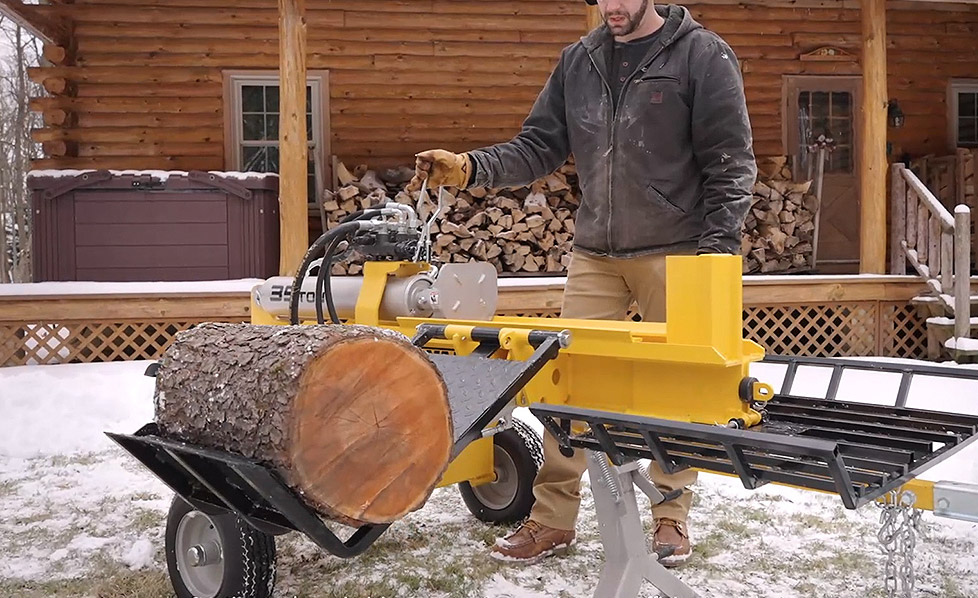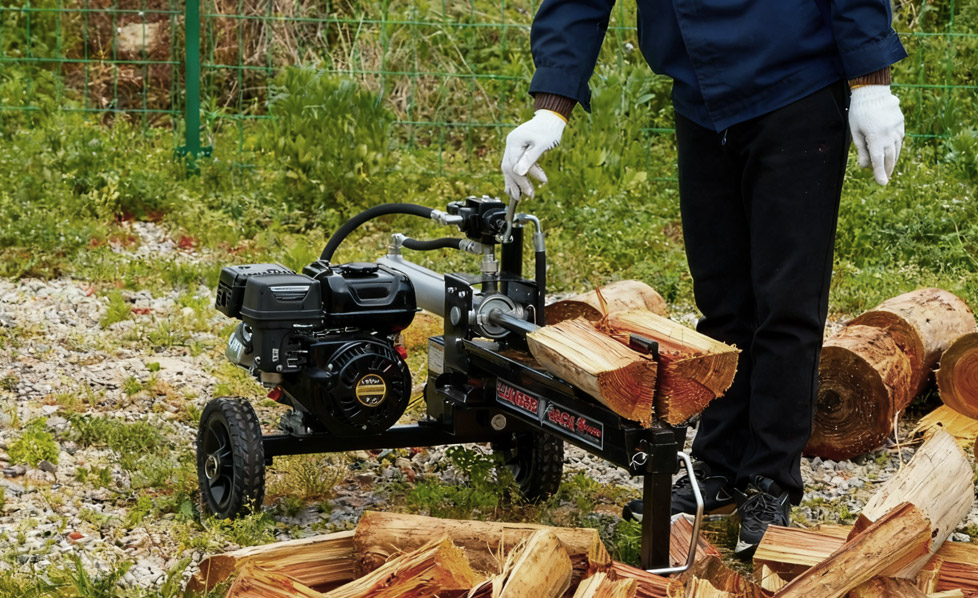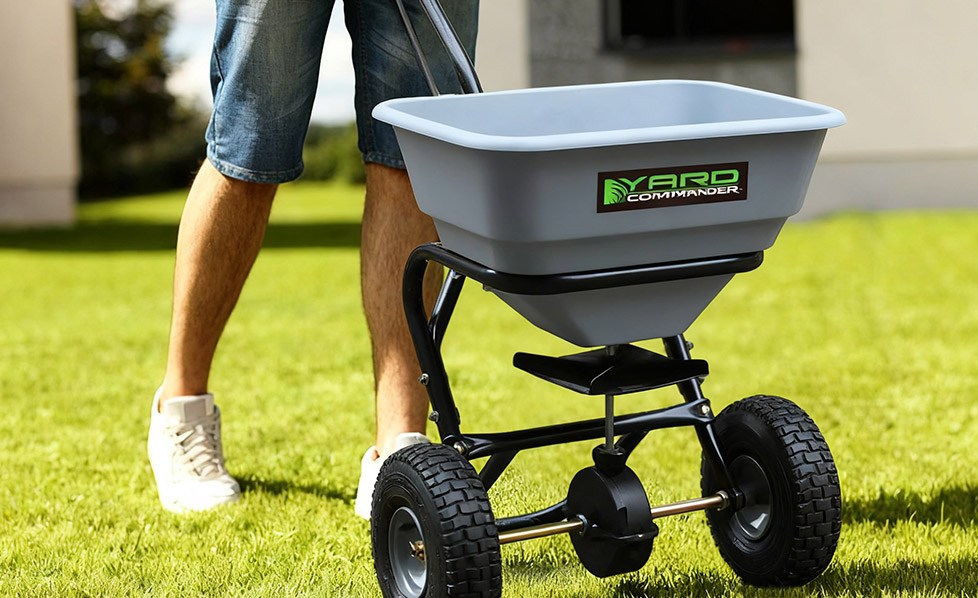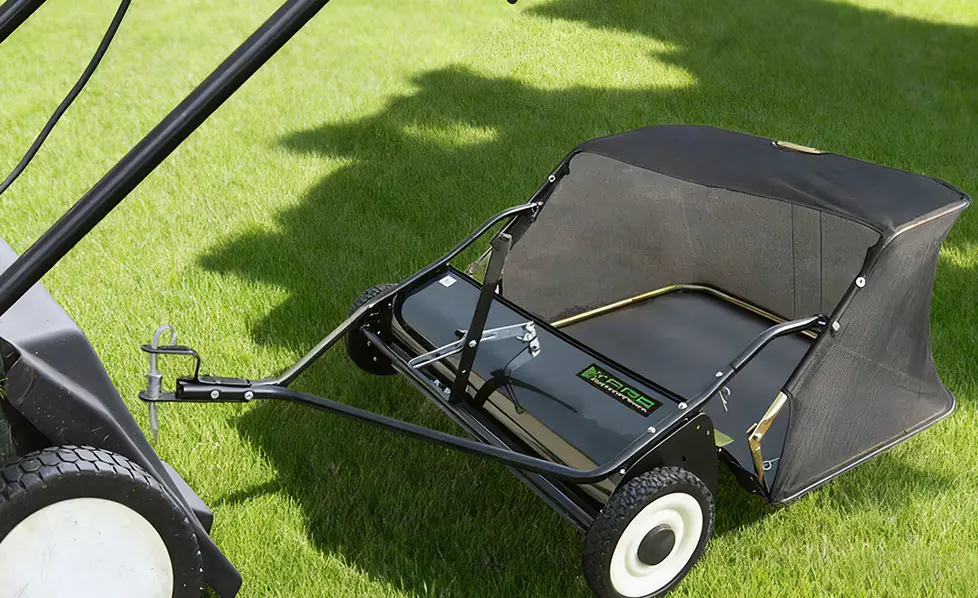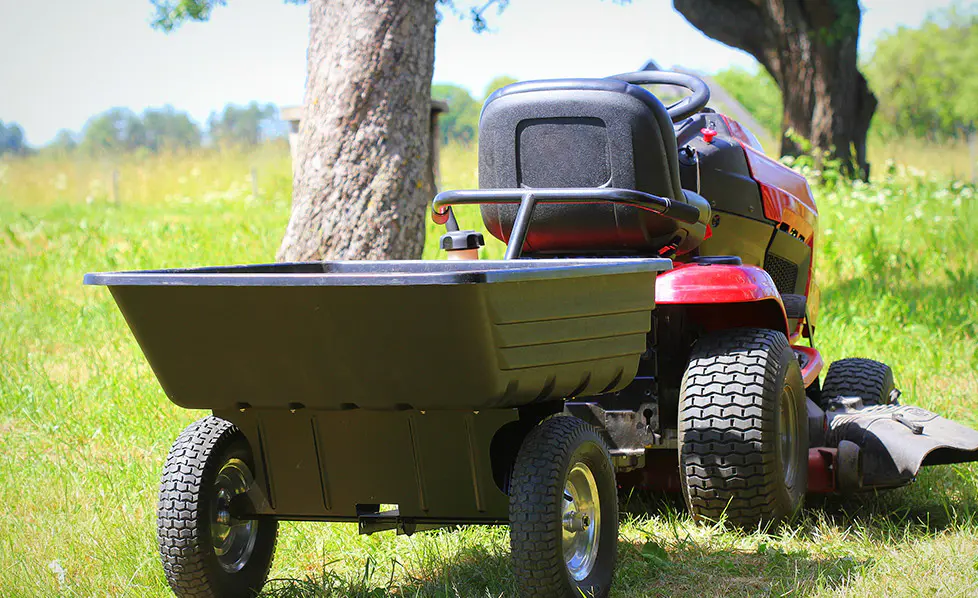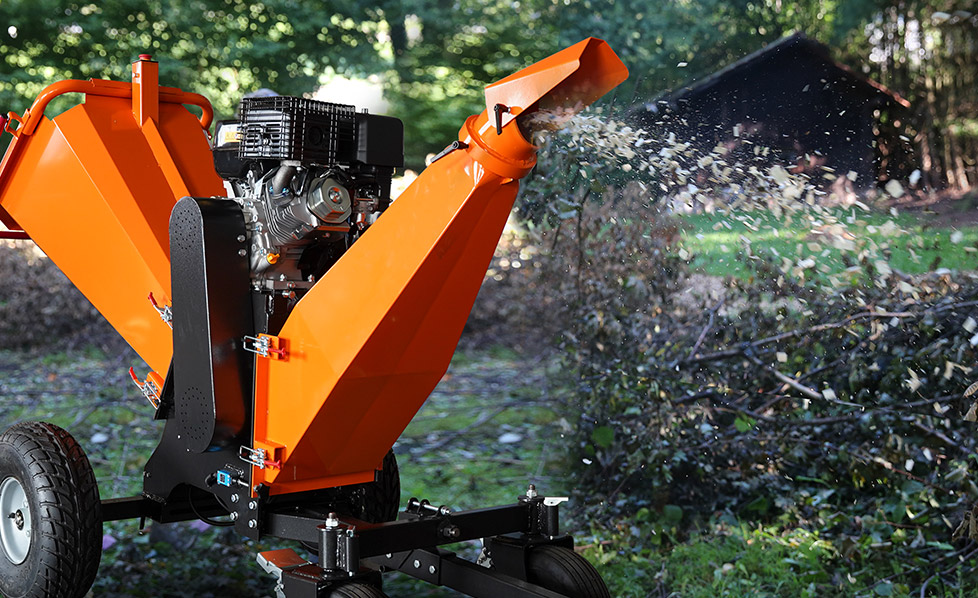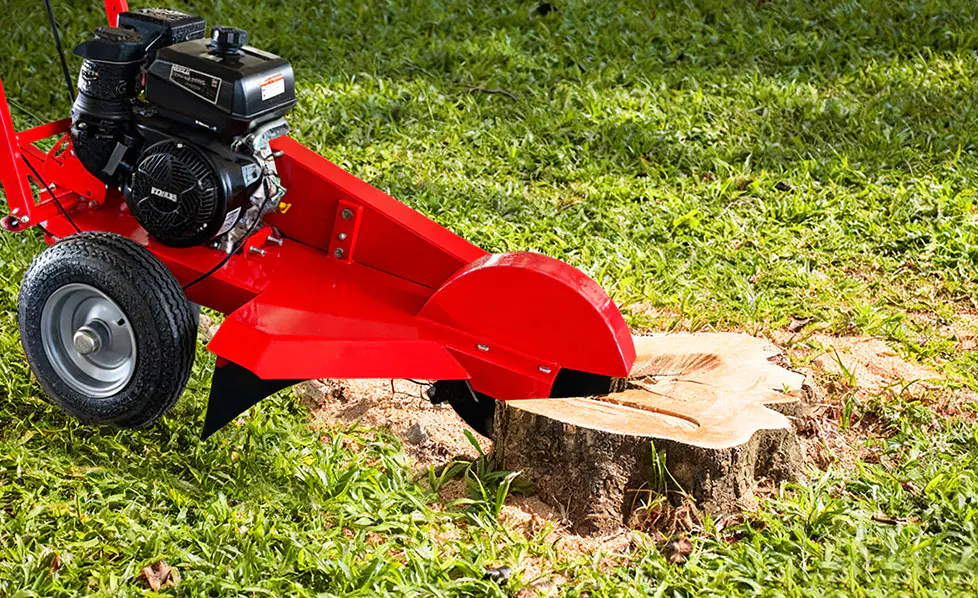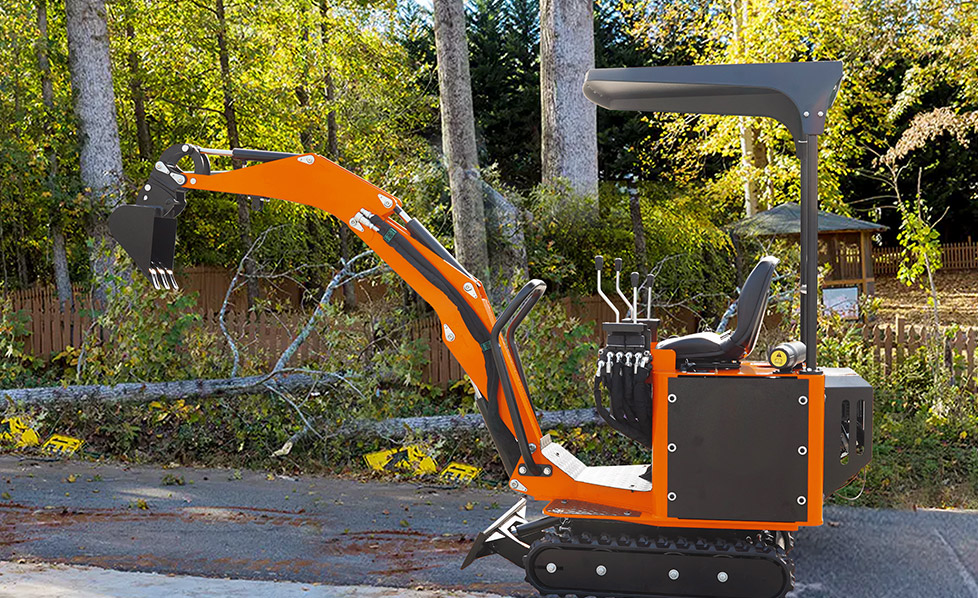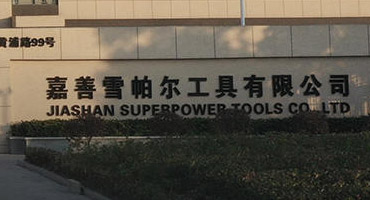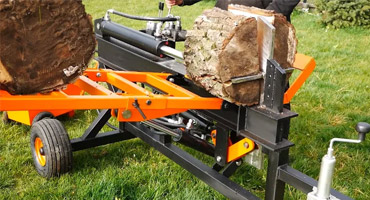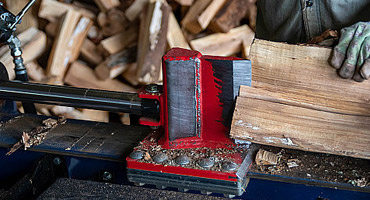 LANGUAGE
LANGUAGE


Web Menu
Product Search
Language
Exit Menu
We provide quality products and services to customers from all over the world.
How does a towed lawn sweeper achieve efficient coverage and centralized collection?
In modern garden maintenance, lawn cleaning and maintenance is a basic but arduous task. Traditional cleaning methods, such as manual raking or blower blowing, are often inefficient and difficult to handle large areas. The towed lawn sweeper, with its unique mechanical structure and operation mode, significantly improves the coverage efficiency and realizes the centralized collection of debris, effectively avoiding secondary pollution. Its core advantage lies in the synergy of the efficient cleaning of the wide brush roller and the large-capacity grass collection box, making this equipment an ideal choice for large-area lawn maintenance.
The cleaning efficiency of the towed lawn sweeper is first due to its wide brush roller design. Compared with manual cleaning or small blowing equipment, its brush roller width can usually reach more than one meter, which can cover a larger area in a single pass. The rotational power of the brush roller is usually provided by the movement of the traction equipment, without the need for additional energy consumption, which is both energy-saving and reduces the complexity of operation. When the equipment is towed forward, the brush roller contacts the ground at a certain angle, sweeping up scattered leaves, grass clippings, dead branches and other debris, and throwing them into the grass collection box through the centrifugal force generated by the rotation. This process is continuous and automated, greatly reducing the frequency of manual intervention, especially suitable for places that need regular cleaning, such as courtyards, parks, and sports fields.
In addition to the sweeping width, the large-capacity design of the grass collection box further improves the operating efficiency. Traditional manual cleaning or small equipment often requires frequent pauses to empty the collection device, while the grass collection box of the towed sweeper usually adopts a high-capacity structure, which can accommodate a large amount of debris at one time, reducing the number of dumping times, thereby extending the continuous operation time. The installation position of the grass collection box is usually located behind the brush roller, which naturally connects with the cleaning path to ensure that the debris can enter smoothly and avoid blockage or omission. Some high-end models are also equipped with a convenient unloading mechanism, and the operator can quickly empty the grass collection box through a simple mechanical device, further optimizing the workflow.
The centralized storage of the cleaned debris not only improves efficiency, but also avoids secondary pollution. In manual cleaning or blowing operations, debris is often temporarily piled up or blown to the edge, and still needs to be collected and processed later, which is easy to spread again due to wind or human factors. The towed sweeper directly guides the debris into the closed or semi-closed grass collection box to ensure that it is always under control during the entire cleaning process. This centralized storage method not only facilitates subsequent unified transportation and processing, but also reduces the risk of secondary pollution of the lawn by debris. It is especially suitable for places with high requirements for cleanliness, such as golf courses or landscape lawns.
In addition, the adaptability of the towed lawn sweeper is also an important guarantee for its efficient operation. The material and structure of the brush roller can be adjusted according to different ground conditions. For example, the use of flexible plastic bristles is suitable for ordinary lawns, while the addition of a wire brush is more suitable for cleaning stubborn debris or hard surfaces. Some models also support brush roller height adjustment to adapt to different grass heights or ground undulations to ensure uniform and thorough cleaning effects. This flexibility enables the equipment to cope with a variety of operating environments and further improve its overall efficiency.
Overall, the efficiency of the towed lawn sweeper is not only reflected in the coverage of a single operation, but also in the fact that it reduces manual intervention and subsequent processing, making lawn maintenance work smoother. Compared with traditional methods, it integrates sweeping, collection, and transportation into a coherent process in a way that is more in line with the needs of modern garden maintenance, thereby significantly improving work efficiency while ensuring cleaning quality. For large areas of lawns that require frequent maintenance, this equipment undoubtedly provides a better solution.
NEXT:How does an electric wood splitter achieve efficient and safe wood splitting?
Interested in cooperation or have questions?
- No. 158 Songhai Road, Huimin Town, Jiashan City, Zhejiang Province P.R. China
-
Tel:
0086 573 8464 3695
0086 573 8464 7353
- E-mail: [email protected]

 English
English